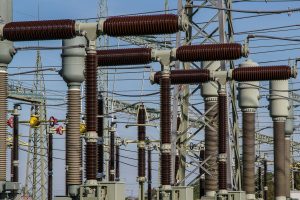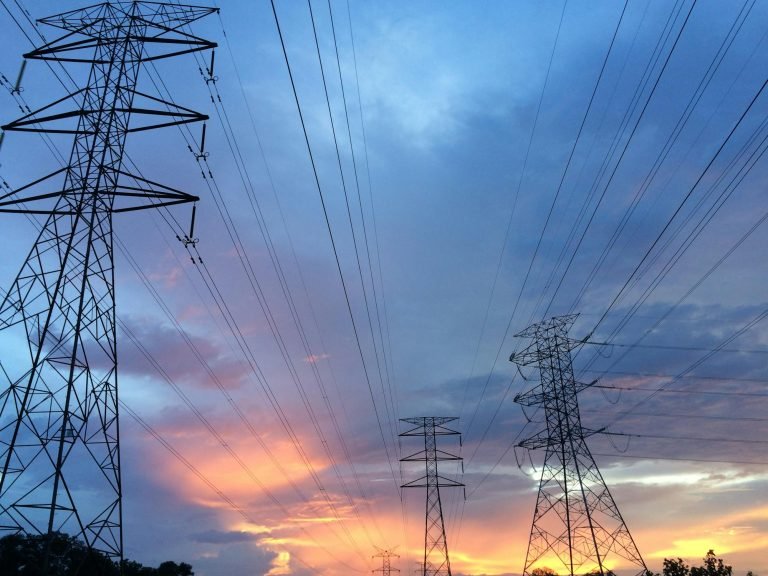Why Grid Resilience Matters Now
As hurricane season looms, CenterPoint Energy has completed Phase Two of its Greater Houston Resiliency Initiative (GHRI) — a proactive move aimed at making the city’s power infrastructure more durable, responsive, and storm-ready.
After the widespread outages caused by Hurricane Beryl in 2024, Houston’s aging power systems were pushed into the spotlight. CenterPoint responded with a bold multi-phase initiative to future-proof the grid — and the results are beginning to show.
What’s Been Upgraded?
In the last nine months, the company has:
- Installed 26,000 storm-resilient poles
- Moved 400+ miles of overhead lines underground
- Deployed over 5,000 automated grid devices to speed up outage detection
- Cleared 6,000 miles of vegetation near power lines
- Added 100 weather monitoring stations to improve forecasting
These changes are expected to reduce annual outage time by over 125 million minutes — a meaningful step forward for a region that faces regular weather extremes.

Community, Technology, and Coordination
Beyond physical infrastructure, CenterPoint has trained over 200 employees and coordinated with 50 emergency agencies through simulation drills to sharpen disaster response.
This isn’t just a technology update — it’s a cultural shift in how Houston prepares for and responds to crises.
“Our goal is simple: fewer outages, faster recovery, and better service when it matters most,” said a spokesperson during the GHRI update.
What’s Next?
The next phase of GHRI is expected to roll out in June, with continued investment in grid intelligence and customer communication tools.
As extreme weather becomes more common, CenterPoint’s initiative may set the benchmark for what resilient urban energy systems should look like across coastal U.S. cities.
Source: Based on infrastructure sector updates and regional grid resilience reporting, May 2025


